The Industrial and Commercial LED Market is currently characterized by a dynamic competitive landscape, driven by technological advancements, sustainability initiatives, and increasing demand for energy-efficient lighting solutions. Key players such as Philips (NL), Osram (DE), and Cree (US) are strategically positioned to leverage these trends. Philips (NL) focuses on innovation and sustainability, emphasizing smart lighting solutions that integrate seamlessly with IoT technologies. Osram (DE) has adopted a strategy centered on digital transformation, enhancing its product offerings with advanced connectivity features. Meanwhile, Cree (US) is concentrating on expanding its market share through aggressive product development and strategic partnerships, particularly in the North American region. Collectively, these strategies not only enhance their competitive positioning but also contribute to a rapidly evolving market environment.
In terms of business tactics, companies are increasingly localizing manufacturing to reduce lead times and optimize supply chains. This approach appears to be particularly effective in addressing regional market demands and enhancing customer responsiveness. The competitive structure of the Industrial and Commercial LED Market is moderately fragmented, with several key players exerting influence over various segments. The collective actions of these companies indicate a trend towards consolidation, as they seek to enhance their operational efficiencies and market reach.
In August 2025, Signify (NL) announced a significant partnership with a leading technology firm to develop AI-driven lighting solutions aimed at commercial spaces. This collaboration is poised to enhance Signify's product portfolio, allowing for smarter energy management and improved user experiences. The strategic importance of this move lies in its potential to position Signify as a leader in the integration of AI within the lighting sector, thereby attracting a broader customer base seeking innovative solutions.
In September 2025, GE Lighting (US) unveiled a new line of LED products designed specifically for industrial applications, emphasizing durability and energy efficiency. This launch reflects GE's commitment to meeting the evolving needs of industrial clients, particularly in sectors where lighting performance is critical. The introduction of these products is likely to strengthen GE's competitive edge by addressing specific market demands and enhancing customer loyalty.
In October 2025, Acuity Brands (US) expanded its operations in Asia by establishing a new manufacturing facility in Vietnam. This strategic move is indicative of Acuity's focus on optimizing its supply chain and reducing production costs. By localizing manufacturing in a rapidly growing market, Acuity Brands aims to enhance its responsiveness to regional demands while also capitalizing on the cost advantages associated with production in Southeast Asia.
As of October 2025, the competitive trends within the Industrial and Commercial LED Market are increasingly defined by digitalization, sustainability, and the integration of advanced technologies such as AI. Strategic alliances are becoming more prevalent, as companies recognize the value of collaboration in driving innovation and enhancing product offerings. Looking ahead, it is anticipated that competitive differentiation will evolve from traditional price-based competition to a focus on innovation, technological advancements, and supply chain reliability. This shift underscores the importance of adaptability and forward-thinking strategies in maintaining a competitive edge in a rapidly changing market.

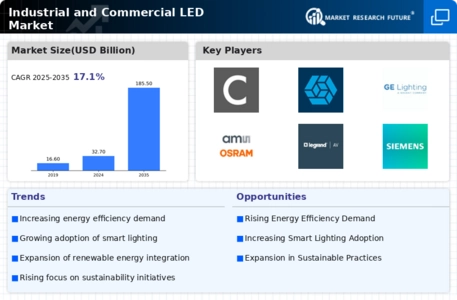

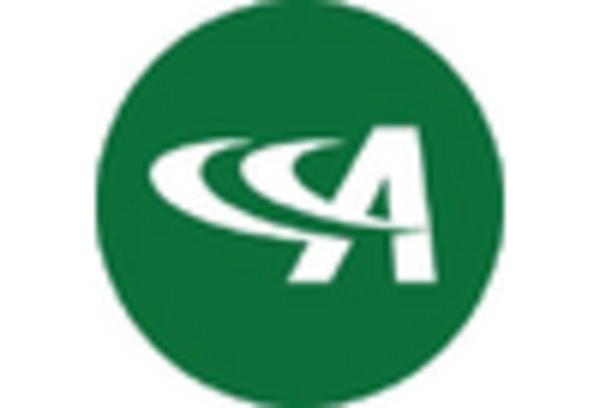
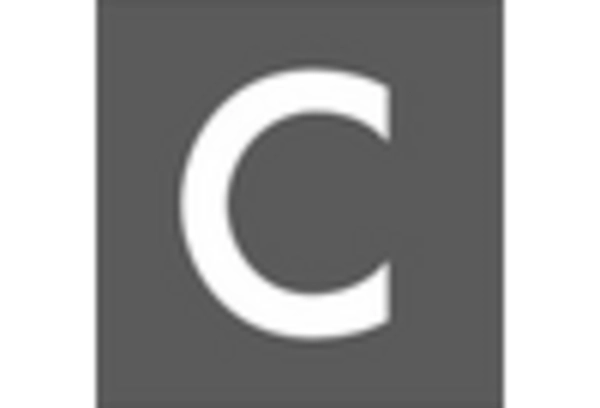
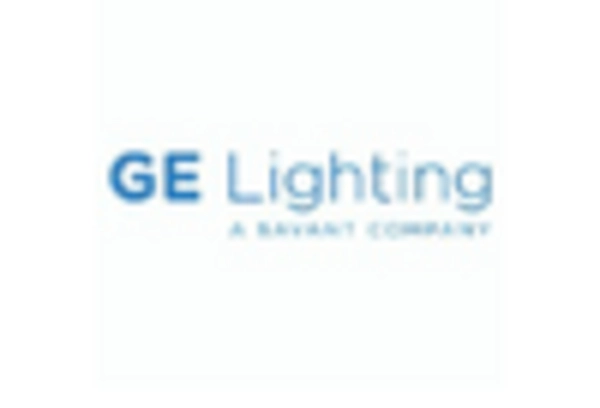
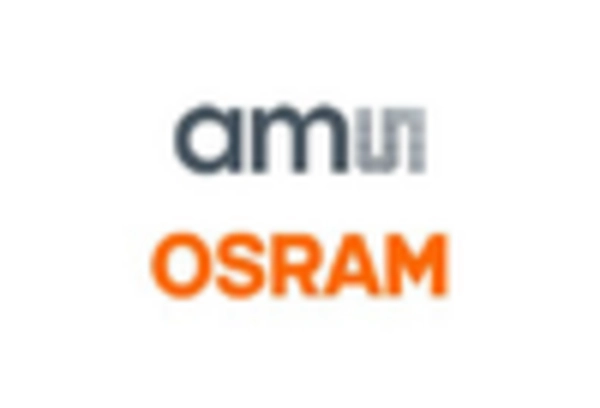










Leave a Comment